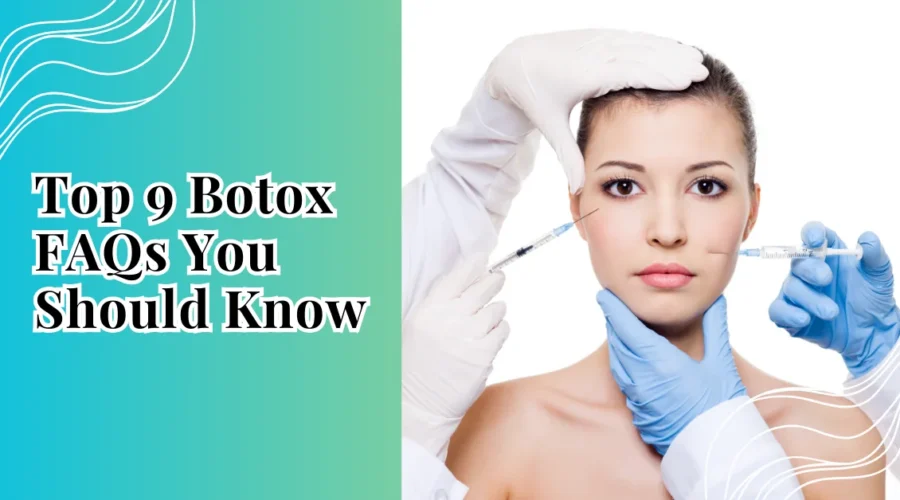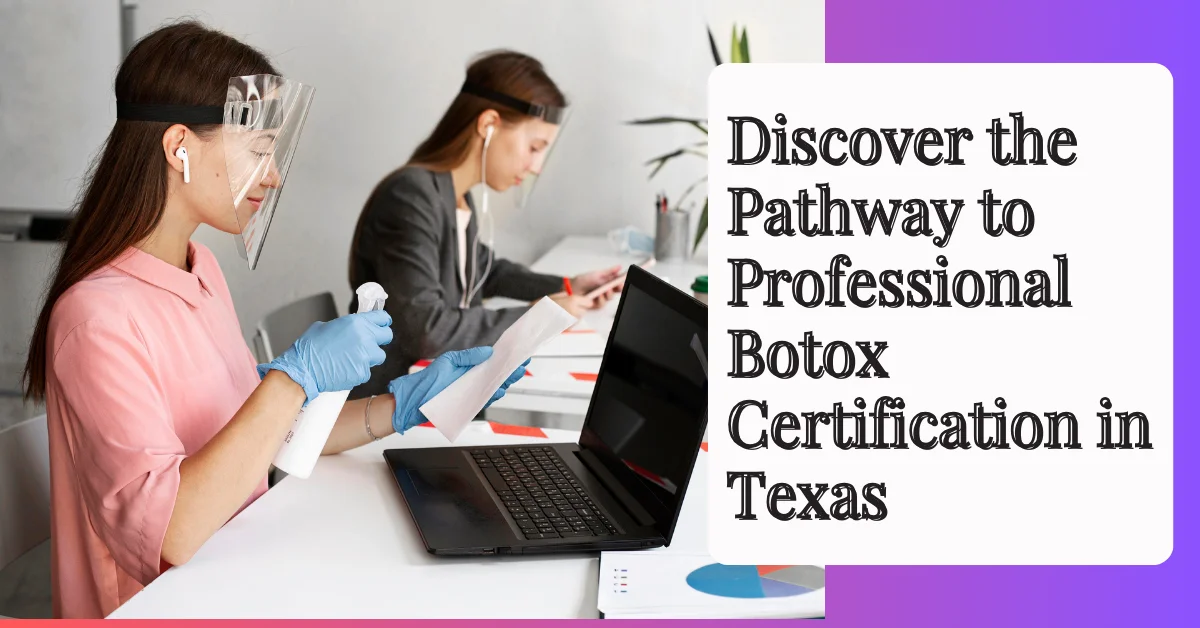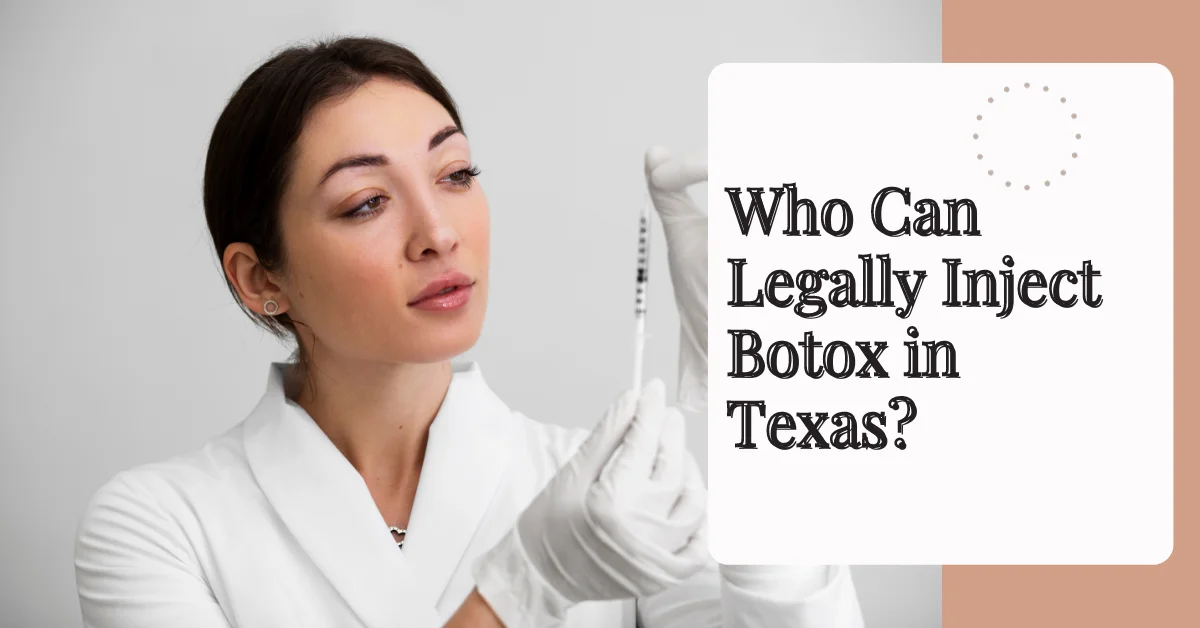Top 9 Botox FAQs You Should Know
Have you ever wondered what all the buzz around Botox and dermal filler is really about? Everyone is talking about this wrinkle-reducing wonder drug. Even many celebrities have embraced this new technology as their regular cosmetic treatment. So, let’s talk about Botox.
Before jumping on board the Botox bandwagon, it’s important to separate fact from fiction. In this article, we’ll tackle the top 9 frequently asked questions about Botox.
Top 9 Botox FAQs You Should Know
1. What is Botox?
In simple terms, Botox is a neurotoxin derived from the bacterium Clostridium botulinum. This toxin temporarily paralyzes muscles by blocking nerve signals, resulting in a smoother and wrinkle-free appearance. Injecting a toxin into your face may seem scary. But Botox has been used for decades with little adverse effects when done by trained specialists.
2. Does Botox work?
The answer is a resounding yes. Botox is excellent at reducing wrinkles and fine lines on the forehead, crow’s feet, and frown lines between the eyebrows. It works by temporarily paralyzing or relaxing the muscles that cause wrinkles. It contains a purified form of botulinum toxin, which blocks nerve signals to these specific muscles. As a result, the treated area becomes smoother and less wrinkled, giving you a more youthful and refreshed appearance.
3. Where can I get Botox?
In most cases, you can receive Botox treatments at cosmetic clinics or medical spas that offer aesthetic procedures. It’s important to do thorough research before choosing a provider, as not all establishments may adhere to the same safety standards. You can check online reviews, ask for recommendations from friends or family, or consult with your regular healthcare practitioner for referrals.
4. What are the safety precautions for Botox?
Safety precautions for Botox are essential to consider before undergoing the treatment. Firstly, it is crucial to ensure that you receive the injections from a qualified and experienced medical professional trained in administering Botox. This will minimize the risk of any potential complications or adverse reactions. Additionally, you must disclose any medical conditions or allergies before receiving Botox.
Furthermore, tell your doctor about all your medicines since some might interact with Botox and reduce its efficacy or safety. Pregnant or breastfeeding women should avoid getting Botox injections, as there isn’t enough research yet on how it could potentially impact the baby’s health. Moreover, after getting Botox injections, refrain from vigorous exercise for at least 24 hours and avoid rubbing or massaging the treated area. These actions can cause the toxin to spread beyond its intended target muscle group.
5. What are the side effects of Botox?
When considering any cosmetic procedure, it is crucial to understand the potential side effects that may arise. Although widely popular and considered safe, Botox comes with its fair share of possible side effects. The most common ones include temporary redness or bruising at the injection site, mild headaches, and slight swelling. These side effects are usually mild and resolve independently within a few days.
In rare cases, some individuals may experience more severe reactions, such as droopy eyelids or eyebrows. It happens if the toxin spreads beyond the intended area. However, this occurrence is quite rare when administered by a qualified professional.
Symptoms of an allergic reaction may include itching, rash or hives, fever or chills, difficulty breathing or swallowing, and dizziness. If these symptoms occur after Botox injections, seek medical assistance immediately.
6. Are Botox treatments safe?
Botox treatments’ safety depends on the practitioner’s qualifications and experience. It is crucial to seek out reputable clinics or dermatologists specializing in cosmetic procedures. Botox has also been approved by regulatory authorities such as the Food and Drug Administration (FDA) for specific medical conditions related to muscle spasticity or excessive sweating. This further supports its safety profile when administered correctly by a qualified healthcare provider.
7. Who can administer Botox?
Botox injections are performed by licensed healthcare providers such as doctors, nurse practitioners, or physician assistants. These professionals deeply understand facial anatomy and are well-equipped to deliver safe and effective treatments. However, it is worth noting that regulations may vary by country or state. In some places, registered nurses or aestheticians supervised by medical professionals may also be permitted to administer Botox under certain conditions.
8. What are the requirements for a Botox certification?
First and foremost, you must be a licensed healthcare professional, such as a doctor. Because Botox requires medically trained people to inject prescription drugs into the body. Aside from holding a valid healthcare license, additional training is necessary to obtain a Botox certification. The specific requirements may vary depending on your location and the certification program you choose.
Generally, you must complete a specialized course covering topics such as facial anatomy, injection techniques, patient assessment, safety protocols, and potential complications. Hands-on training is typically included in these courses to provide participants with practical experience before they can administer Botox independently.
9. What is the procedure for receiving a Botox certification?
The procedure to become certified in administering Botox involves several essential steps. First, individuals must ensure they meet the prerequisites set by the certifying organization. This often includes being a licensed healthcare provider, such as a nurse or physician.
Once the prerequisites are met, individuals can enrol in a comprehensive training course by reputable organizations like the American Academy of Facial Esthetics (AAFE). The duration of the course may vary depending on the depth of material covered.
After completing the training course, participants must pass an examination to receive their Botox certification. This exam evaluates their knowledge and practical skills in administering Botox injections safely and effectively. Successfully completing the training course and exam earns Botox certification, allowing practitioners to offer this service to their patients confidently.



